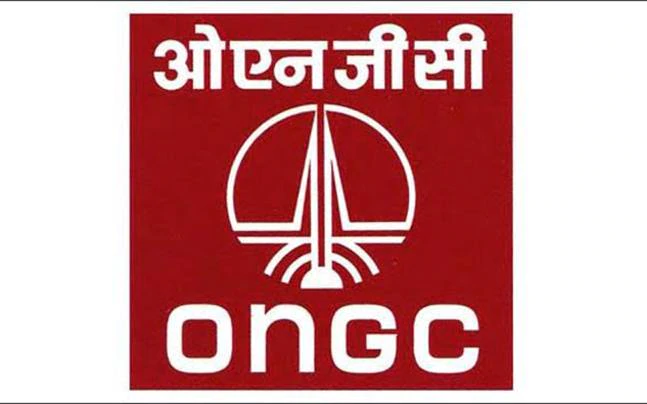
Finance Minister Nirmala Sitharaman announced in her budget earlier this month that India will launch its National Hydrogen Energy Mission (NHEM) in 2021-22. This follows Prime Minister Narendra Modi highlighting in November at the Global Renewable Energy Investment Meeting and Expo (RE-Invest) the importance of niche renewable technologies like hydrogen in the renewable energy (RE) mix.
Considering India’s 175 GW target of RE capacity by 2022 and 450 GW by 2030, it is imperative that our energy grid involves other green technologies on a medium-to-long term basis. This will help India lower its emission intensity by 33-35% from the 2005 levels by 2030, another Nationally Determined Contributions (NDC) target under the Paris Agreement.
Today, climate concerns and increasing focus on zero-carbon RE globally have made hydrogen-based energy sources more relevant than ever. Stricter carbon abatement regulations have also pushed hydrogen producers to move away from conventional fossil fuels to green power sources, like wind, solar, biomass, hydro-electric power, and so on.
In this global context, it is crucial for India to get ahead in the race of new and upcoming green technologies and become self-reliant. Being an early adopter of hydrogen energy technology will pay off in the long-term, given hydrogen’s cross-sectoral sustainability.
Hydrogen energy involves the use of hydrogen and/or hydrogen-containing compounds to generate energy to be supplied to household and commercial uses. It has been recognized as highly energy efficient, having tremendous ecological and social benefits, as well as economic competitiveness.
Exploring possible paths for the global energy transition, the 2020 edition of the BP Energy Outlook predicted that India’s oil and gas imports will double by 2050, while around 85% of its crude oil will be imported. India’s primary energy demand is also expected to increase by 33% by 2030, under current policy settings and constraints, with the spread of Covid-19 largely brought under control in 2021 according to the International Energy Agency’s (IEA) recent World Energy Outlook-2021. These forecasts of increasing demands are in fact a forewarning to diversify the existing supply chain to safeguard the country’s energy security.
Hydrogen power, with its versatility in production methods and cross-sectoral applications, could be an important solution for the future, one which allows a steady diversification of the energy system and creates additional demand for the RE sector.
In general, hydrogen’s supply chain involves production to storage to distribution and transport to utilisation (in liquefied or gaseous forms). Its value chain is a power to gas (P2G) framework, whereby electrical power from renewable sources is utilised through an electrolyser to split water into hydrogen and oxygen. This hydrogen is collected and further transported through tubes and trailers or any existing gas grid to the end-users, ranging from industries, transport and managing power intermittencies.
For India to become a global champion in RE, it is crucial to encourage production of green hydrogen at scale. Further, hydrogen strategies of global leaders like Australia, Canada, Germany and Norway make it clear that green hydrogen production requires ample public and private investments. Today, hydrogen’s success in India is highly dependent on the nation’s RE achievements. To outcompete fossil fuels, green hydrogen must be sold at $2 a kg in 2030, as the cost of producing it is very expensive today, due to electrolyser costs and the overall efficiency.
A strong policy and financial support in three key areas will help India’s hydrogen mission in its early stages: Hydrogen for domestic market; manufacturing electrolysers — devices that split water into hydrogen and oxygen using electrical energy — especially in the area of managing power intermittencies for P2G applications; powering freight vehicles.
Hydrogen has almost three times the energy density (120 mega joules/kg) of diesel or even gasoline. In electrical terms, energy density of hydrogen is 33.6 kilowatt hour (kWh) of usable energy/kg, compared to diesel’s 12-14 kWh/kg, which despite having significantly lesser energy density emits severely high levels of CO2, CO, particulate matters and NO2..
A shift towards clean energy with green hydrogen is only possible if India remains ahead of the curve in technological development, invests early in research and ramps up manufacturing capability to maximise domestic needs. Additionally, exploring energy storage using hydrogen and ‘piloting’ hydrogen-powered vehicles along industrial corridor, could be the way ahead for the NHEM.
Agarwal & Mulukutla are CEO and director, electric mobility, respectively, World Resources Institute India
















